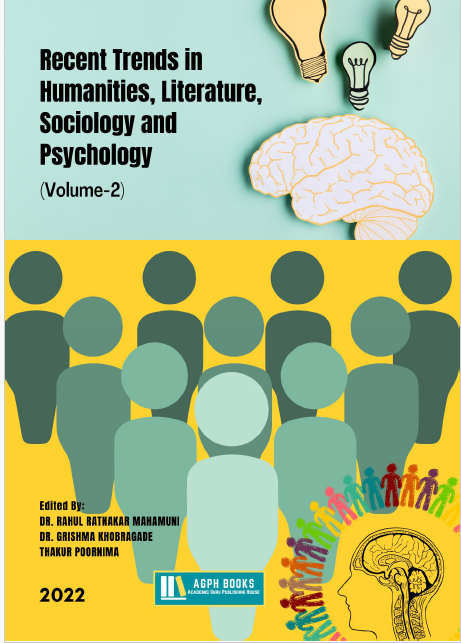A Study on New Model of Education System
Keywords:
Education system, Education in India, Right to education, Education policyAbstract
In recent years, the educational landscape has heated up to the level of intense competition that formerly existed only among universities. Institutions can only thrive by providing increasingly high-quality products and services. In India, the educational system has been completely revamped thanks to the Right to Education Act. While India's higher education system has several obstacles, there are also numerous openings through which these problems might be solved and the system improved. Better openness and responsibility are required. In this research, we analyse the current state of Indian education and pinpoint new problems and difficulties.
An individual's confidence, daring, ability to make sound judgments, and expansion of worldview can all be attributed to the preparation they received in their formative years, which is why education is so important. To guide one toward a life that is both helpful and meaningful is education's fundamental goal. The disparity in educational quality is a major issue in the modern world. Education is often seen as a barometer of a society's economic success. In today's world, having a college degree is almost required for success. The primary goal of this research paper is to gain an understanding of the issues plaguing the Indian education system. The main areas that have been highlighted are the following: the need and significance of education; issues in the Indian education system; challenges facing the Indian education system; and suggestions for improving the Indian education system.
References
[1] Aithal, P. S., & Aithal, S. (2020). Analysis of the Indian National Education Policy 2020 towards Achieving its Objectives. International Journal of Management, Technology, and Social Sciences, August, 19-41. https://doi.org/10.47992/IJMTS.2581.6012.0102
[2] Dattatraya, S. D., Tated, R. G., Falch, M., & Prasad, R. (2016). Review of Indian education system. Proceedings of the 2015 IEEE 3rd International Conference on MOOCs, Innovation and Technology in Education, MITE 2015, December 2019, 416-419. https://doi.org/10.1109/MITE.2015.7375356
[3] K C, T. (2022). Impact of National Education Policy 2020 on Higher Education. SUMEDHA Journal of Management, 11(2). https://doi.org/10.46454/SUMEDHA/11.2.2022.422
[4] Kaurav, R. P. S., Suresh, K. G., Narula, S., & Baber, R. (2020). New Education Policy: Qualitative (Contents) Analysis and Twitter Mining (Sentiment Analysis). Journal of Content, Community and Communication, 12(November 1956), 4-13. https://doi.org/10.31620/JCCC.12.20/02
[5] Malik, D. S. (2021). National Education Policy 2020 and Its Comparative Analysis with RTE. American Research Journal of Humanities and Social Sciences, 7(1), 1-7. https://doi.org/10.21694/2378-7031.21003
[6] Rai, S. (2018). Indian Education System: a Comprehensive Analysis By Sister Nivedita. PEOPLE: International Journal of Social Sciences, 4(2), 17-26. https://doi.org/10.20319/pijss.2018.42.1726
[7] Reviewed, P. (2022). Issn:2277-7881; i. 816(3), 38-41. https://doi.org/10.18356/22202277-2022-3-10
[8] Singh, R. (2021). Review on the New Education System after COVID-19Pandemic. July. https://doi.org/10.37591/NJITM
[9] Venkateshwarlu, B. (2021). A Critical Study of NEP 2020: Issues, Approaches, Challenges, Opportunities and Criticism. International Journal of Multidisciplinary Educational Research, 10(2), 191-196. www.ijmer.in
[10] Verma, H., & Kumar, A. (2020). Ijbmr-090308. 9(3), 302-306. https://doi.org/10.37391/IJBMR.090308




